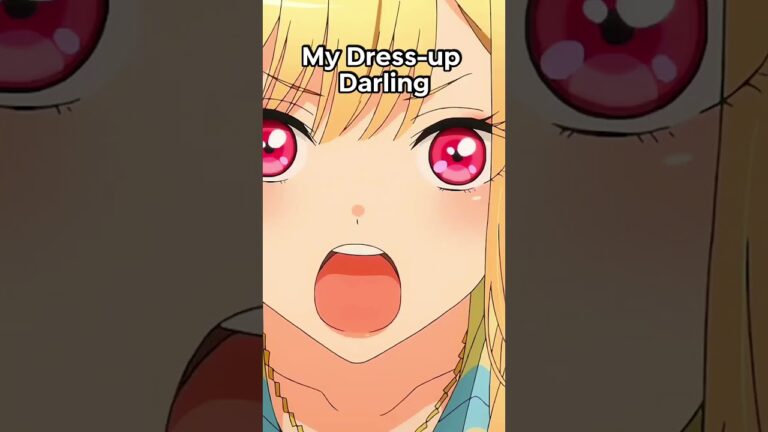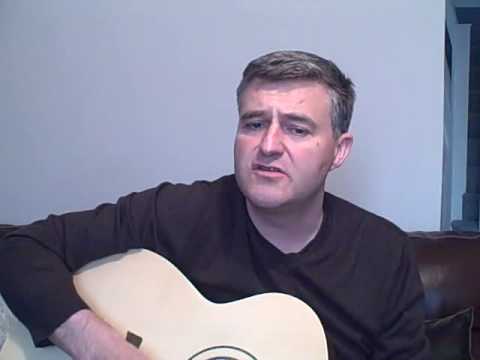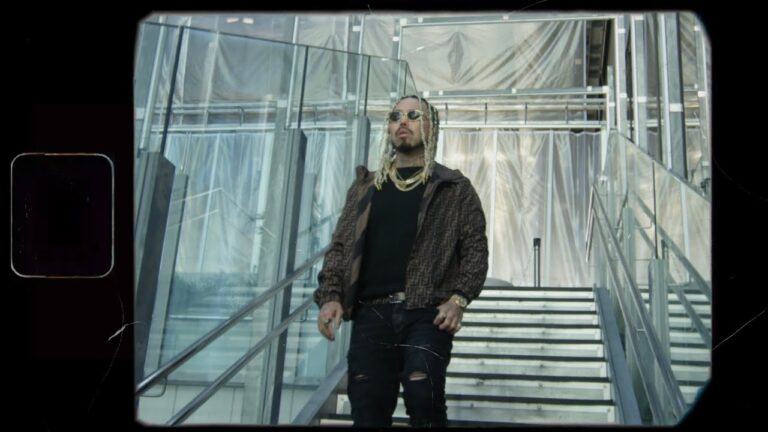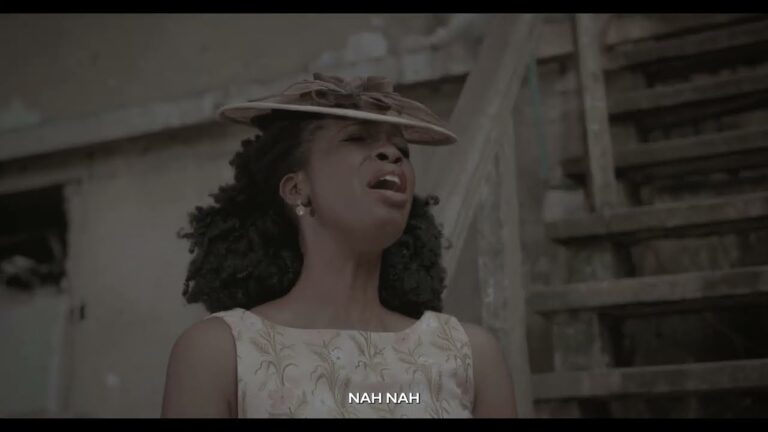Unlock Your Creative Potential: Artistic Director Job Description and Salary
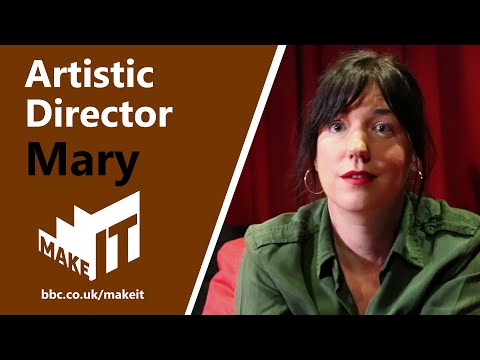
Artistic Director Job Description Template
Artistic Director Job Description An Artistic Director is a creative leader responsible for overseeing the artistic vision and direction of a performing arts organization. They play a crucial role in shaping the artistic direction and ensuring the quality and integrity of the organization’s artistic output. The primary responsibility of an Artistic Director is to curate and develop artistic programs that align with the organization’s mission and goals. They collaborate with artists, directors, and designers to select and develop productions, ensuring that they meet artistic standards and audience expectations. They may also be involved in casting decisions and provide guidance and feedback to performers and creative teams. Another important aspect of the role is to establish and maintain relationships with artists, agents, and other industry professionals. Artistic Directors often attend industry events, festivals, and performances to stay updated on emerging talent and trends. They also work closely with the executive team to develop and manage the artistic budget, negotiate contracts, and secure funding for artistic projects. The Artistic Director is responsible for promoting the organization’s artistic vision to the public and creating opportunities for community engagement. They may participate in interviews, press conferences, and public speaking engagements to advocate for the organization and its artistic endeavors. In summary, an Artistic Director is a visionary leader who shapes the artistic direction of a performing arts organization. Their role requires a strong artistic sensibility, excellent communication and leadership skills, and a deep understanding of the industry. They are instrumental in bringing innovative and compelling artistic experiences to audiences.Artistic Director Responsibilities
Artistic Director Requirements
How Much Does A Artistic Director Make?
Artistic Director Salary
| Position | Salary Range |
|---|---|
| Entry-level Artistic Director | $45,000 – $60,000 |
| Experienced Artistic Director | $60,000 – $80,000 |
| Senior Artistic Director | $80,000 – $100,000 |
| Executive Artistic Director | $100,000+ |
An Artistic Director is a key figure in the arts and entertainment industry, responsible for overseeing the creative direction and vision of a company or organization. They play a crucial role in selecting and developing artistic projects, collaborating with artists, and ensuring the overall artistic quality and integrity of productions. The salary of an Artistic Director can vary depending on factors such as experience, location, size of the organization, and budget. Entry-level positions typically start around $45,000 to $60,000 per year, while experienced directors can earn between $60,000 and $80,000. Senior positions may offer salaries ranging from $80,000 to $100,000, and executive-level directors can earn $100,000 or more annually.
Artistic Director Salaries by Country
Top Paying Countries for Artistic Director
| Country | Average Salary (USD) |
|---|---|
| United States | $102,000 |
| Switzerland | $98,000 |
| Canada | $86,000 |
| United Kingdom | $82,000 |
| Australia | $76,000 |
An artistic director is a vital role in the creative industry, responsible for overseeing and guiding artistic endeavors in various fields such as theater, film, music, and dance. The salary of an artistic director can vary significantly depending on the country they work in. According to available data, the top paying countries for artistic directors are the United States, Switzerland, Canada, United Kingdom, and Australia. These countries offer relatively higher average salaries, with the United States leading the list at an average of $102,000 per year. Artistic directors in these countries are rewarded for their expertise, experience, and ability to lead and inspire creative teams.
A video on the topic Artistic Director
Video Source : BBC Northern IrelandInterview Questions for Artistic Director
1. Can you tell us about your experience as an Artistic Director?
I have been working as an Artistic Director for the past 10 years. During this time, I have successfully directed numerous productions and managed the artistic vision of the organization. I have also collaborated with various artists and professionals to create innovative and impactful performances.
2. What is your approach to selecting and curating productions?
When selecting and curating productions, I prioritize diversity, creativity, and relevance. I believe in offering a balanced mix of classic and contemporary works, as well as providing opportunities for emerging artists. I also consider the tastes and interests of our target audience to ensure a successful season lineup.
3. How do you foster collaboration among artists and other team members?
I believe in creating a collaborative and inclusive environment where artists and team members feel valued and supported. I encourage open communication, actively listen to ideas and feedback, and promote a sense of ownership and shared vision. Regular meetings, workshops, and rehearsals are also essential for fostering collaboration.
4. How do you stay updated with the latest trends and developments in the art world?
I am constantly seeking opportunities to attend conferences, workshops, and exhibitions to stay updated with the latest trends and developments in the art world. I also maintain a network of artists, industry professionals, and organizations to exchange ideas and information. Additionally, I regularly read art publications and follow relevant online platforms and forums.
5. How do you handle conflicts or disagreements within the artistic team?
Conflicts and disagreements are inevitable in any creative process. When faced with such situations, I encourage open dialogue and active listening to understand different perspectives. I strive to find common ground and facilitate constructive discussions. If necessary, I involve a mediator or seek external advice to resolve conflicts and maintain a harmonious working environment.
6. How do you approach budgeting and financial management for artistic productions?
Budgeting and financial management are crucial aspects of artistic productions. I work closely with the finance department to develop realistic budgets that align with the artistic vision. I prioritize cost-effective strategies and explore funding opportunities through grants, sponsorships, and partnerships. Regular monitoring and analysis of financial performance help ensure the successful execution of productions within budget.
7. How do you engage with the local community and promote artistic outreach?
I believe in the importance of engaging with the local community and promoting artistic outreach. I actively seek partnerships with local schools, community organizations, and cultural institutions to offer educational programs, workshops, and performances. I also organize community events, open rehearsals, and artist talks to foster a deeper connection between the organization and the community.
8. How do you evaluate the success of a production?
I evaluate the success of a production through various metrics, including audience feedback, critical reviews, box office revenue, and artistic impact. I analyze audience demographics and satisfaction surveys to gauge the reception of the production. Additionally, I assess the artistic growth and development of the artists involved and consider the long-term impact of the production on the organization’s reputation and mission.
9. How do you balance artistic integrity with commercial viability?
Balancing artistic integrity with commercial viability is a delicate task. I believe in maintaining a strong artistic vision while also considering the preferences and expectations of our target audience. I strive to find a middle ground where innovative and challenging works can coexist with commercially successful productions. Strategic marketing and audience development initiatives also play a crucial role in achieving this balance.
10. How do you envision the future of the organization under your artistic direction?
I envision a future where the organization continues to be a leading force in the arts industry, known for its innovative programming and artistic excellence. I plan to expand collaborations with international artists and organizations, further diversify our offerings, and enhance our outreach initiatives. I also aim to cultivate a supportive and inclusive environment that fosters artistic growth and attracts talented individuals to join our team.

